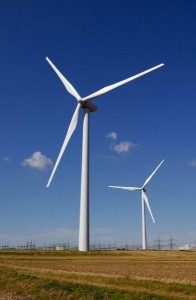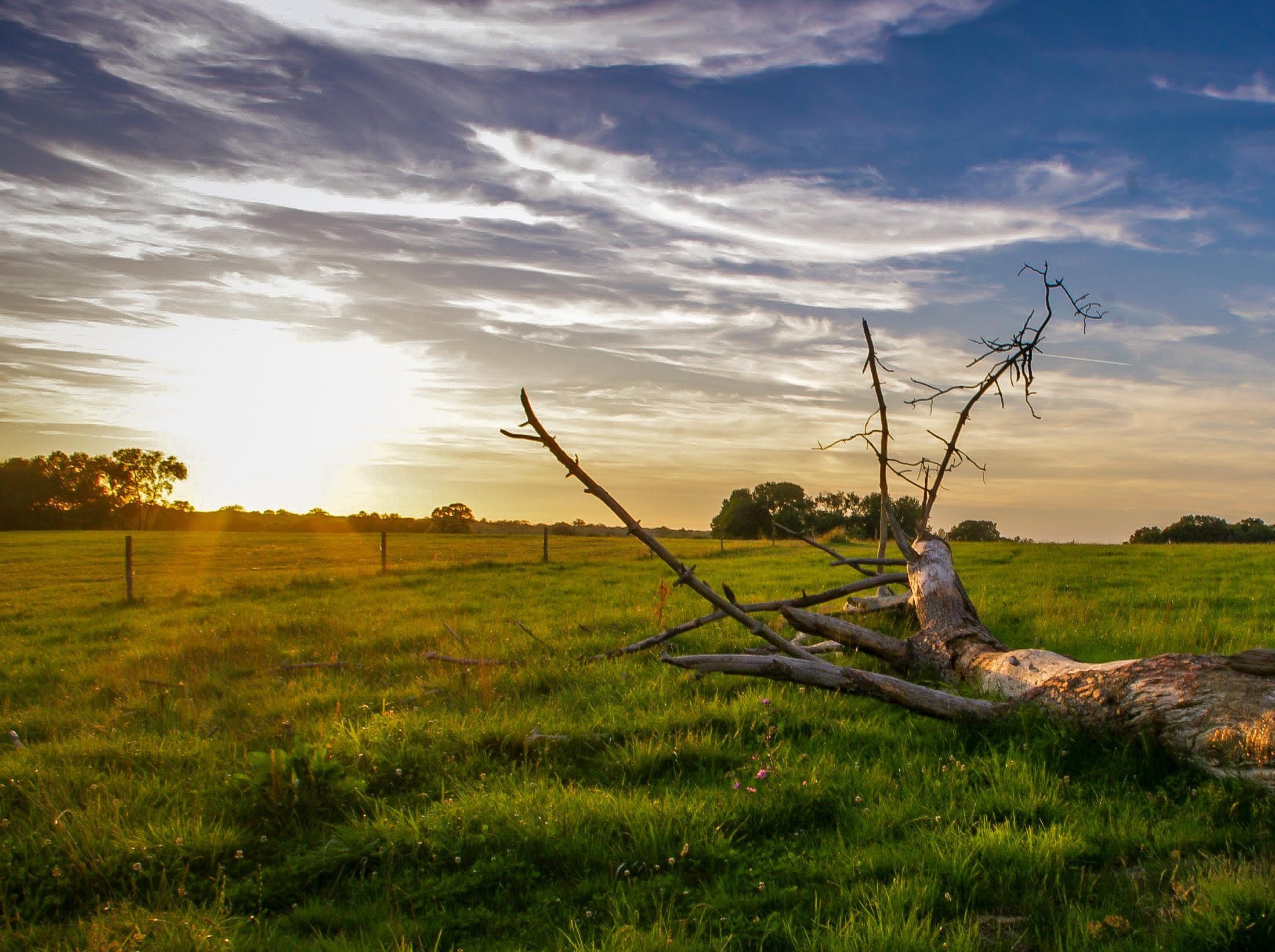What is a Sustainable Community?
Many times I find myself in discussions around what a “sustainable” community is, and how it is different from a “normal” community.
There really should be no difference when you think it through. What we mean when we say “sustainable” is that we are setting the goal of something being self-sustaining, which is virtually unattainable. This means that everything (and I do mean everything) that is consumed is produced within the community. In today’s world we know it is not practical to have everything produced and consumed locally, so in reality when we say “sustainable community” we mean that what is produced has a very low impact footprint on the resources used.
 The idea is not to take away more from the earth than what we put back, in the form of renewable or recyclable materials. Ultimately, what also matters is how we live and exist in our communities – from the basics like water, energy, gas, food and garbage to the more subtle ideas of livability indexes that measure quality of life and “net user” — and consider our role as “net-giver-back” to the environment or Earth. We need to pay attention to the materials used in homes, buildings, and infrastructure of the community and strive to have them be renewable or recycled whenever possible.
The idea is not to take away more from the earth than what we put back, in the form of renewable or recyclable materials. Ultimately, what also matters is how we live and exist in our communities – from the basics like water, energy, gas, food and garbage to the more subtle ideas of livability indexes that measure quality of life and “net user” — and consider our role as “net-giver-back” to the environment or Earth. We need to pay attention to the materials used in homes, buildings, and infrastructure of the community and strive to have them be renewable or recycled whenever possible.
Creating sustainable thriving communities is essential to having a robust economic engine. A sustainable town or village at its best can only support 15-25% of the jobs needed. This is good in the sense that today’s suburbs probably only support less than 5% of the jobs in the community.
In creating sustainable communities, we are going to have to ask not only what can be more economically produced or serviced locally (because that answer is very limited,) but also what is the total cost to the environment or population of any given product or service. No where is this more obvious than in the local food equation, but it also applies to a host of other products and services, such as medical services (every town needs doctors to care for its people.)
The article in The San Francisco Chronicle “Small-town emergency” is a classic tale of economic optimization which does not take into consideration the overall cost to the community. There are many such examples. We have to think differently about the entire cost of living and how we as people want to live. The more services or products that can be produced in a community, the more integrated it becomes and usually the happier and more interconnected the commmunity is.
To solve the bigger equation of employment, every community needs an economic engine that drives it. We can use the example of a company town; one where many people find employment at the local company plant. That has many benefits to the community, but we have also seen the downside when that company ceases to operate. The more dependent a town is on one industry the more vulnerable it becomes. We have seen many towns in the east, mid-west, and west go bust as the industry that helped launch the town died.
The key to community survivability and sustainability is diversification of economic engines or the adaptability of the community and this we can discuss in future posts.
